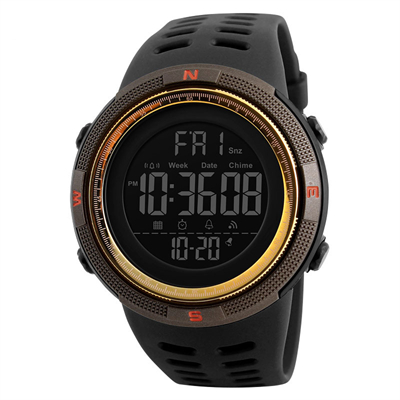In 1955, Switzerland successfully developed the first electronic watch with hairspring. Since then, the watch industry has entered the electronic age. It broke the stable pattern of mechanical watches for about 200 years. Free the watch from the purely broken category of “precision machinery”. This caused rapid and profound changes in the watch industry. In the short period of more than 20 years, it has developed to the fourth generation, and the output has been soaring. Watches that contain electronic circuits depend on the vibration system or oscillator used. It can be divided into balance wheel electronic watches, tuning fork watches and quartz watches.
Electronic watch A watch that contains electronic circuits. According to the different vibration systems or oscillators used, it can be divided into balance wheel electronic watches, tuning fork watches and quartz watches. When the temperature of the electronic watch is 25~28℃, the time error of day and night is less than one second. When the temperature is below 0°C or above 50°C, it will slow down for two seconds every day and night. At the same time, when the temperature reaches 60°C, the liquid crystal panel will turn black. When the temperature drops below 0°C, the LCD panel will lose its display function. Therefore, in winter, electronic watches can only be worn on the wrist and rely on the constant temperature of the human body to maintain its normal timing. In addition, high temperature and low temperature can cause battery leakage and corrode the movement.


















